Good evening my dear hive friends..
Last couple of weeks I was collecting best images that I take over the last month..
Here is the best ones
Rook
The rook is a fairly large bird, at 45 to 47 cm (18 to 19 in) in length, with black feathers that often show a blue or bluish-purple sheen in bright sunlight. The feathers on the head, neck and shoulders are particularly dense and silky. The legs and feet are generally black, the bill grey-black and the iris dark brown. In adults, a bare area of whitish skin in front of the eye and around the base of the bill is distinctive, and enables the rook to be distinguished from other members of the crow family. This bare patch gives the false impression that the bill is longer than it is and the head more domed. The feathering around the legs also appears shaggier and laxer than the similarly sized carrion crow, the only other member of its genus with which the rook is likely to be confused. Additionally, when seen in flight, the wings of a rook are proportionally longer and narrower than those of the carrion crow. The juvenile plumage is black with a slight greenish gloss, except for the hind neck, back and underparts, which are brownish-black. The juvenile is superficially similar to a young crow because it lacks the bare patch at the base of the bill, but it has a thinner beak and loses the facial feathers after about six months.
source
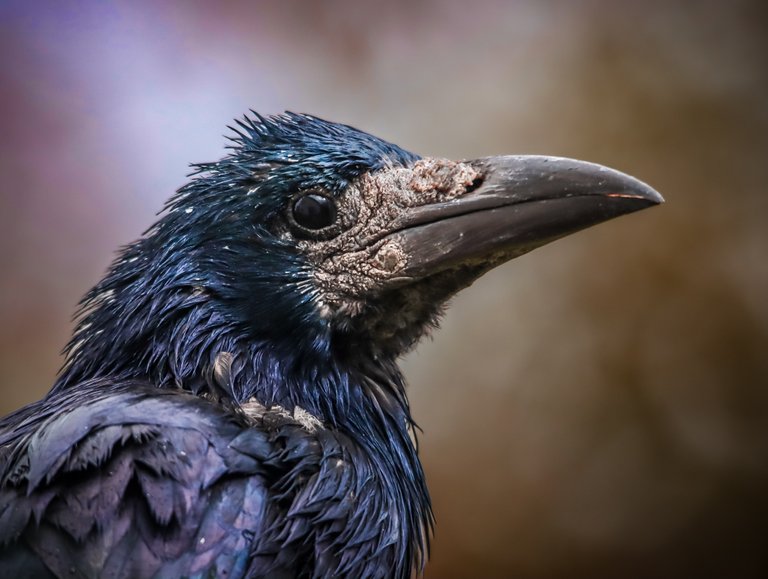

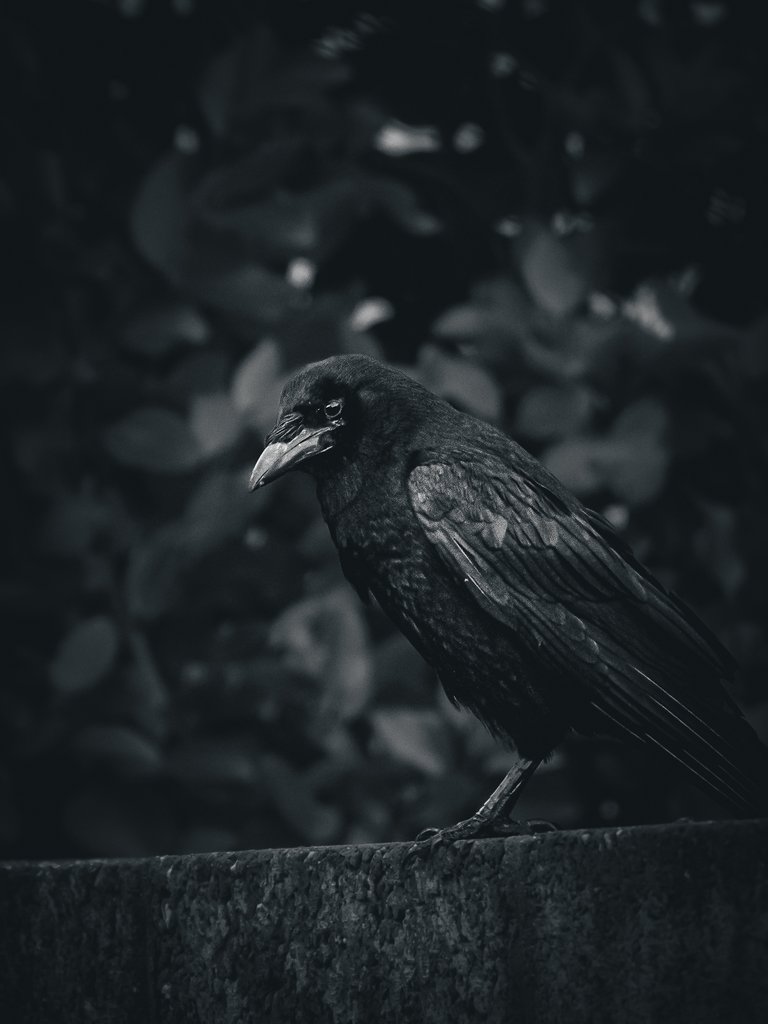
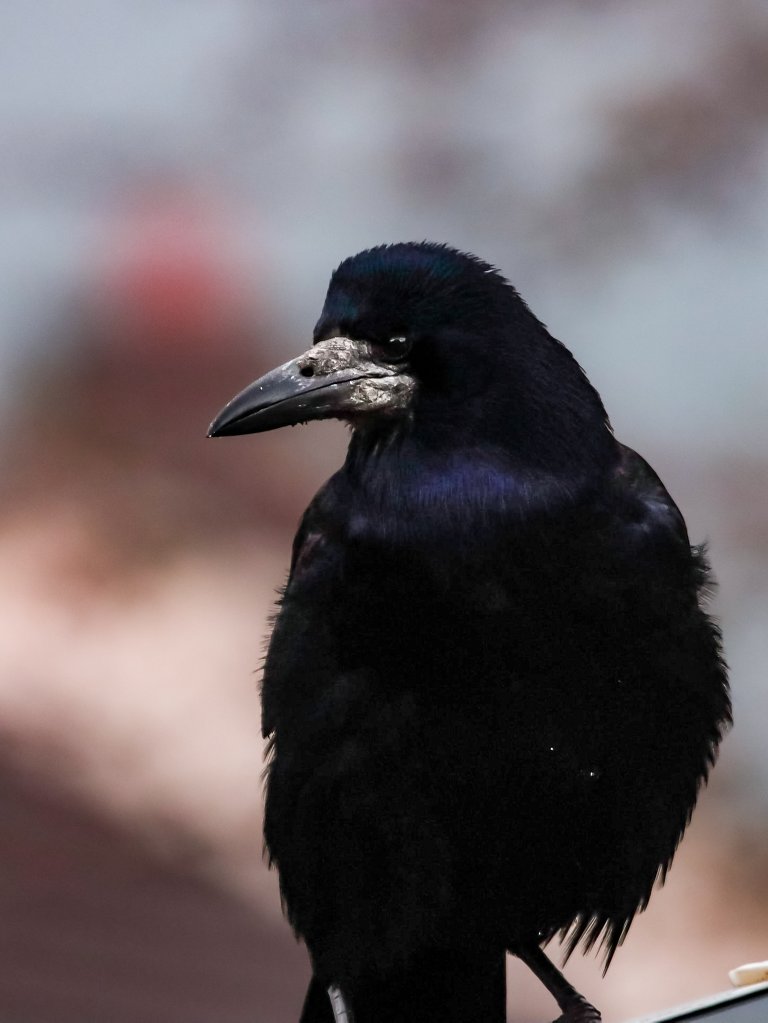

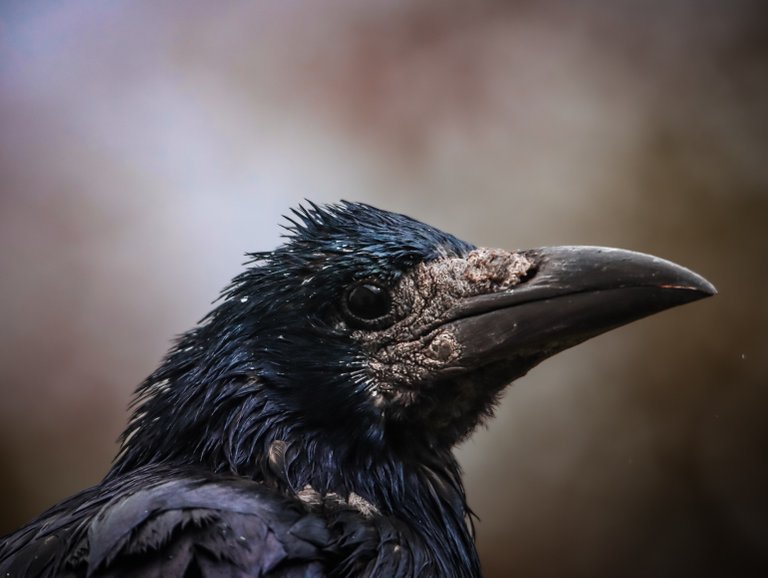
Robbin
The european robin is an aggressive bird that is commonly found throughout farmlands, woodlands, and suburban communities. These birds are mainly helpful insectivores for gardeners, but will also eat various seeds and fruits. The european robin is used on British Christmas cards to represent postmen from the Victorian era who used to wear red waistcoats while delivering holiday cards
source
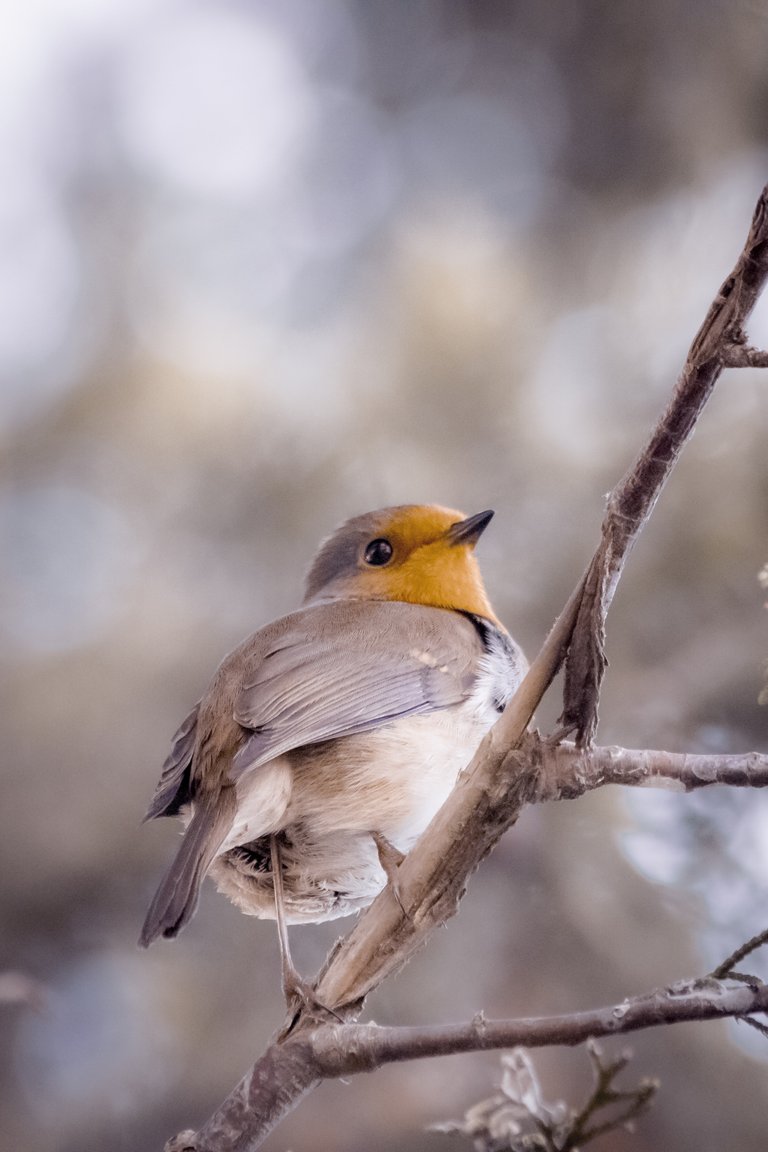
Blackbird
The male common blackbird defends its breeding territory, chasing away other males or utilising a "bow and run" threat display. This consists of a short run, the head first being raised and then bowed with the tail dipped simultaneously. The female blackbird is also aggressive in the spring when it competes with other females for a good nesting territory, and although fights are less frequent, they tend to be more violent.
source

Great tit
(young one)
The great tit is, like other tits, a vocal bird, and has up to 40 types of calls and songs. The calls are generally the same between the sexes, but the male is much more vocal and the female rarely calls. Soft single notes such as "pit", "spick", or "chit" are used as contact calls. A loud "tink" is used by adult males as an alarm or in territorial disputes. One of the most familiar is a "teacher, teacher", often likened to a squeaky wheelbarrow wheel, which is used in proclaiming ownership of a territory. source

Sparrow
Most house sparrows do not move more than a few kilometres during their lifetimes. However, limited migration occurs in all regions. Some young birds disperse long distances, especially on coasts, and mountain birds move to lower elevations in winter. Two subspecies, P. d. bactrianus and P. d. parkini, are predominantly migratory. Unlike the birds in sedentary populations that migrate, birds of migratory subspecies prepare for migration by putting on weight
source
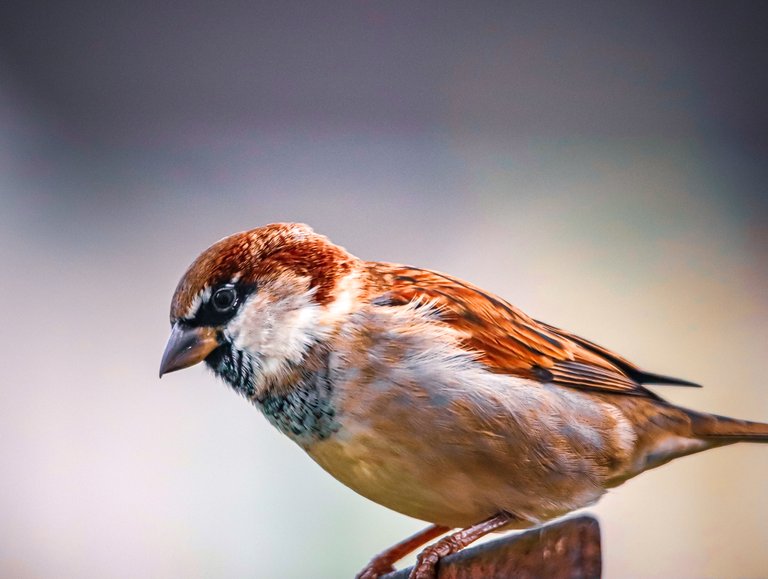
Goldcrest
The Regulus regulus is a tiny bird, commonly known as goldcrest because of its colorful, golden feathers. It is also called the King of the Birds, in European folklore, as its Latin name means King or Knight. They can also be found in islands of Iceland and Macaronesia

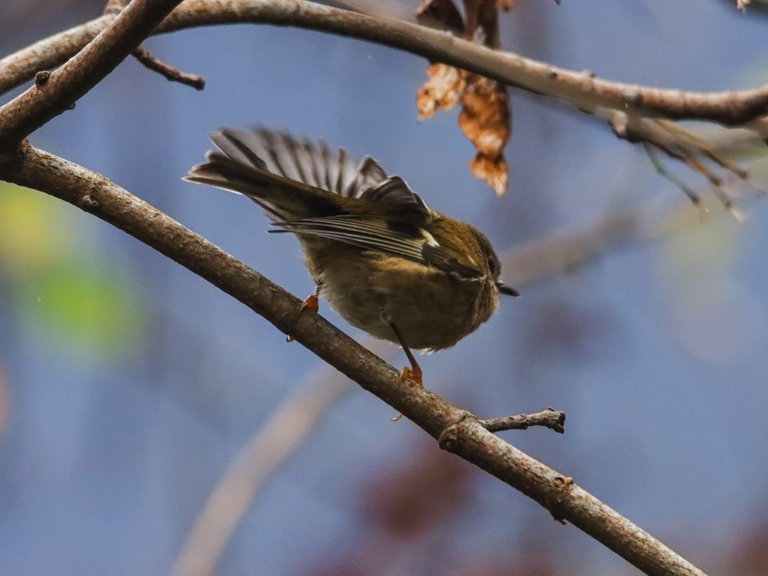
I hope you enjoyed in this selection and that you learned something about them.
Have a good evening all. 😘
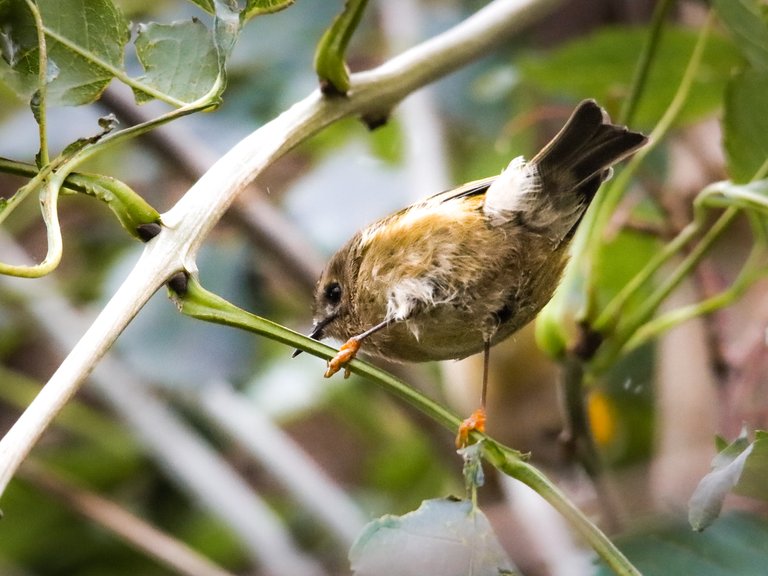
Very nice photos, I enjoyed to watch them! :)
Thank you. I'm super happy to hear that and that you stopped by and left a comment 😍
All excellent captures @anitahorvatirl! The European Robin looks very different from the Robins here in Maryland. 💖
Not that much different. I edited this picture. Maybe that's why look different
Rook = T-Rex with black feathers and a beak.🖤
Muy buenas capturas, están geniales
Wow you did great work dear ❤️
These are very beautiful birds.
I don’t think I have come across any of them in my country but I hope to, one day.
I love seeing Robins and Blue Tits visiting my garden. I get the occasional crow but no rooks so far.
Near my house I have big tree. On that tree they have nests
. Around 50 of them. I feed them every day 😍
Gorgeous, Anita.
Love the colours and how they and the focus compliments the birds themselves.
The Robin ❤️ 😌
The Goldcrest 👀😯 - so beautiful!
The Sparrow... how are those colours and that soft focus 😗
The Rook! Shooooo... he's next level, huh? WOW!
I love the little Robin!
Congratulations @anitahorvatirl! You have completed the following achievement on the Hive blockchain and have been rewarded with new badge(s):
Your next target is to reach 40000 upvotes.
You can view your badges on your board and compare yourself to others in the Ranking
If you no longer want to receive notifications, reply to this comment with the word
STOPCheck out the last post from @hivebuzz:
Wow! What a nice collection. You did a great job. I love Robins.
Thank you so much
I'm super happy to hear that
You are welcome
Congratulations @anitahorvatirl! You received a personal badge!
You can view your badges on your board and compare yourself to others in the Ranking
Check out the last post from @hivebuzz:
Amazing Picture 👏🏾👏🏾👏🏾👏🏾